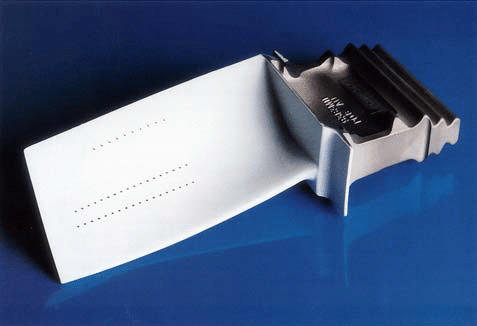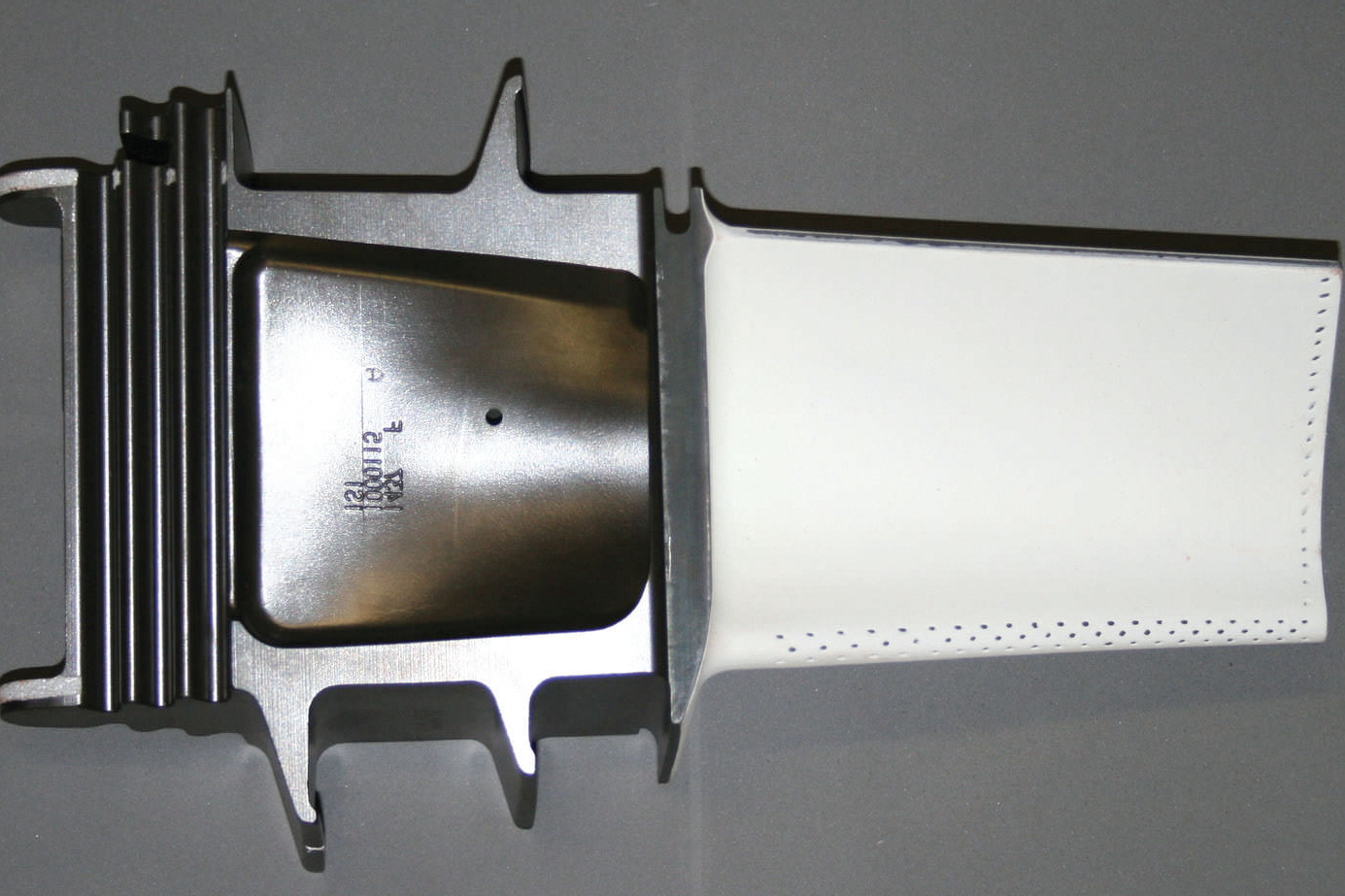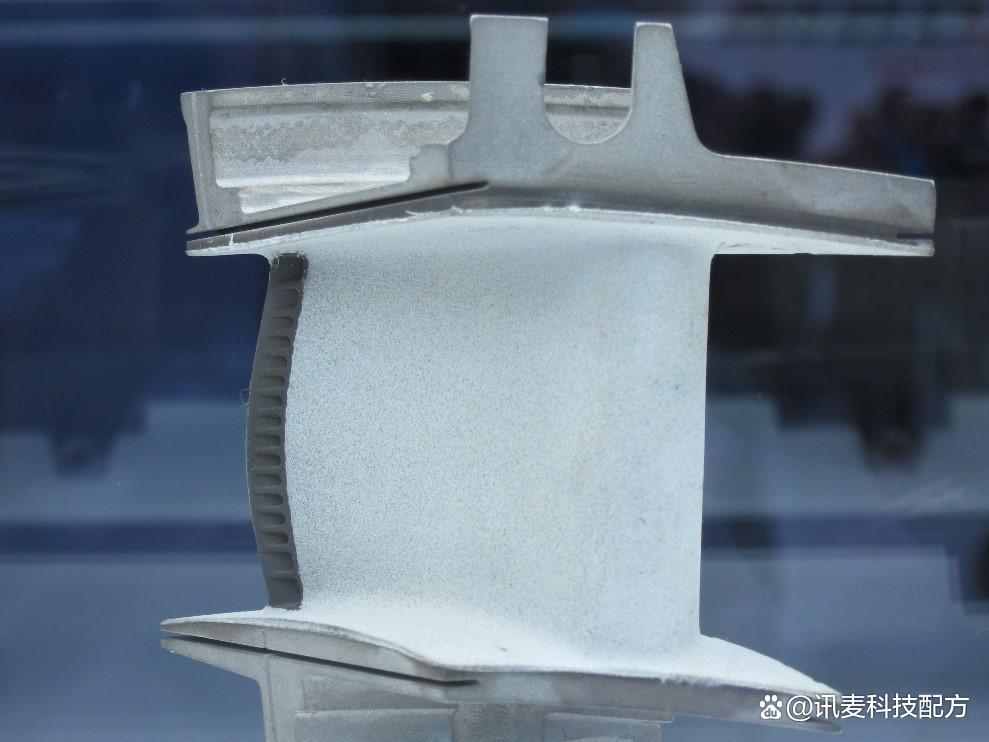How do TBC coatings improve the durability and lifespan of 3D printed parts?
How Do TBC Coatings Improve the Durability and Lifespan of 3D Printed Parts?
Thermal Protection for Structural Integrity
Thermal Barrier Coatings (TBCs) significantly improve the durability and operational lifespan of 3D printed parts by protecting them from extreme heat and thermal cycling. Composed primarily of ceramic materials such as yttria-stabilized zirconia (YSZ), TBCs form an insulating topcoat that reduces surface temperatures by 200–300°C. This thermal shielding limits oxidation, creep, and microstructural degradation in heat-sensitive substrates like Inconel 625, Ti-6Al-4V, or Tool Steel H13.
In high-stress environments, such as turbines, combustors, and exhaust manifolds, TBCs prevent premature surface failure, enabling 3D printed parts to maintain structural performance over extended service cycles.
Resistance to Oxidation, Corrosion, and Thermal Shock
TBCs provide a chemically inert barrier that minimizes direct exposure of the base material to oxidizing gases, moisture, or corrosive combustion byproducts. This is particularly critical in aerospace and energy applications, where parts encounter rapid temperature fluctuations and aggressive environments.
TBCs also enhance resistance to thermal shock by absorbing and redistributing thermal stress gradients. This reduces crack formation and delamination in components with complex geometries or varying wall thicknesses—common characteristics in 3D printed designs.
Surface Stability and Mechanical Fatigue Mitigation
By maintaining cooler surface temperatures, TBCs reduce thermally induced stresses, which are a key driver of mechanical fatigue and distortion in cyclic applications. Lower operating temperatures help preserve grain structure and mechanical consistency in superalloys and titanium components fabricated via Powder Bed Fusion.
As a result, critical parts—such as jet engine vanes, heat shields, and turbocharger casings—exhibit improved fatigue life, dimensional stability, and overall system reliability when coated with TBCs.
Recommended Services to Maximize Durability with TBCs
Neway offers integrated solutions to extend the life of 3D printed parts exposed to thermal extremes:
High-Temperature 3D Printing Services:
Superalloy 3D Printing: For structural components needing heat resistance and oxidation control.
Titanium 3D Printing: Lightweight options with enhanced fatigue resistance when coated.
Carbon Steel 3D Printing: For tools and engine parts under repeated thermal loading.
Thermal and Mechanical Reinforcement Processes:
Thermal Barrier Coatings (TBC): For surface insulation and oxidation protection.
Heat Treatment: Improves core strength and creep resistance.
Hot Isostatic Pressing (HIP): Consolidates structure to support long-term durability.



